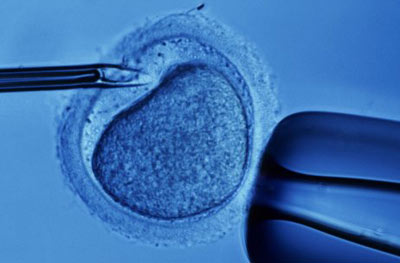What exactly are bio solids? As unappealing as it may sound, bio solids are human waste. But did you know, bio solids from sewage treatment plants are treated and used as sustainable fertilizers throughout different parts of the world? According to studies, they consist of materials all significant for plant development. “They contain nitrogen, phosphorus and organic matter as well as essential micro-nutrients such as copper, iron, molybdenum and zinc, all of which are important for plant growth and soil fertility” (Ontario: Ministry of Agriculture, Food, and Rural Affairs). Though bio solids provide a wide range of uses, they also consist of negative factors. Now we must consider, is this method realistically safe? Before analyzing the pros and cons, let’s first take a look at how exactly bio solids are processed.
The process begins with bio solids first entering into the sewage system. Bio solids are then created through the domestic wastewater treatment generated from sewage treatment facilities. In numerous larger wastewater treatment systems, pre-treatment regulations make it necessary that industrial facilities pre-treat their wastewater to eliminate hazardous contaminants before it is sent to a wastewater treatment plant. To ensure their recyclability and compatibility with the treatment plant process, wastewater treatment facilities monitor incoming waste water streams. Once the wastewater has reached the plant, the sewage undergoes physical, chemical and biological processes which in turn removes solids and cleans the wastewater. In addition, the solids can then be treated with lime, raising the pH level to eliminate intolerable odours. This sanitizing wastewater treatment process controls pathogens and other organisms capable of transporting disease.
Bio solids as we now know it is an organic source of fertilizer. One great advantage of using it is that much of the nitrogen, tied up in large molecules, is converted through chemical processes to forms of nitrogen that the plant can obtain. Due to this “slow release” chemical process, the nitrogen in bio solids has a greater availability during the growing season when plants need it. This is a major factor as to why organic fertilizers commonly outperform inorganic sources and produce exceptional crop yields. Bio solids are also capable of performing a number of other tasks. Not only do they improve crop production, but they reduce soil erosion and protect water quality, provide topsoil for recreational uses, enrich forest lands and converse landfill space. Furthermore, bio solids reduce the farmer’s production costs and helps in promoting farming practices.
Though bio solids are able to cater a number of positive factors, hazards and potential concerns still exist. It is believed that they can contain possible health risks due to factors such as contamination following deposits of industrial waste. Harmful chemicals may also be present which are possibly transferable to crops. The distinct odour is another factor which may be considered an inconvenience to others. Bio solids which contain nitrogen and phosphorus, in surplus can move underground or into surface water causing potential harm to animals.
Sources Used:
1. "Sewage Biosolids: A Valuable Nutrient Source." Ontario Ministry of Agriculture, Food and Rural Affairs / Ministère De L'Agriculture, De L'Alimentation Et Des Affaires Rurales. Web. 09 June 2011. <http://www.omafra.gov.on.ca/english/nm/nasm/sewbiobroch.htm>.
2 . Janssen, Don. "Fertilizing with Biosolids." University of Nebraska–Lincoln Extension in Lancaster County. Web. 09 June 2011. <http://lancaster.unl.edu/enviro/biosolids/fertil.shtml>
3. "Research Projects." University of the District of Columbia. Web. 09 June 2011. <http://www.udc.edu/agricultural_center/research_projects.htm>
4. "Biosolids Fertilizers : Organic Lawn Care." Bestlawn.info. Web. 09 June 2011. <http://bestlawn.info/organic/biosolids-fertilizers-t3845.html>.
Blogs Commented on:
1. Sarah's Blog
2. Joan's Blog














